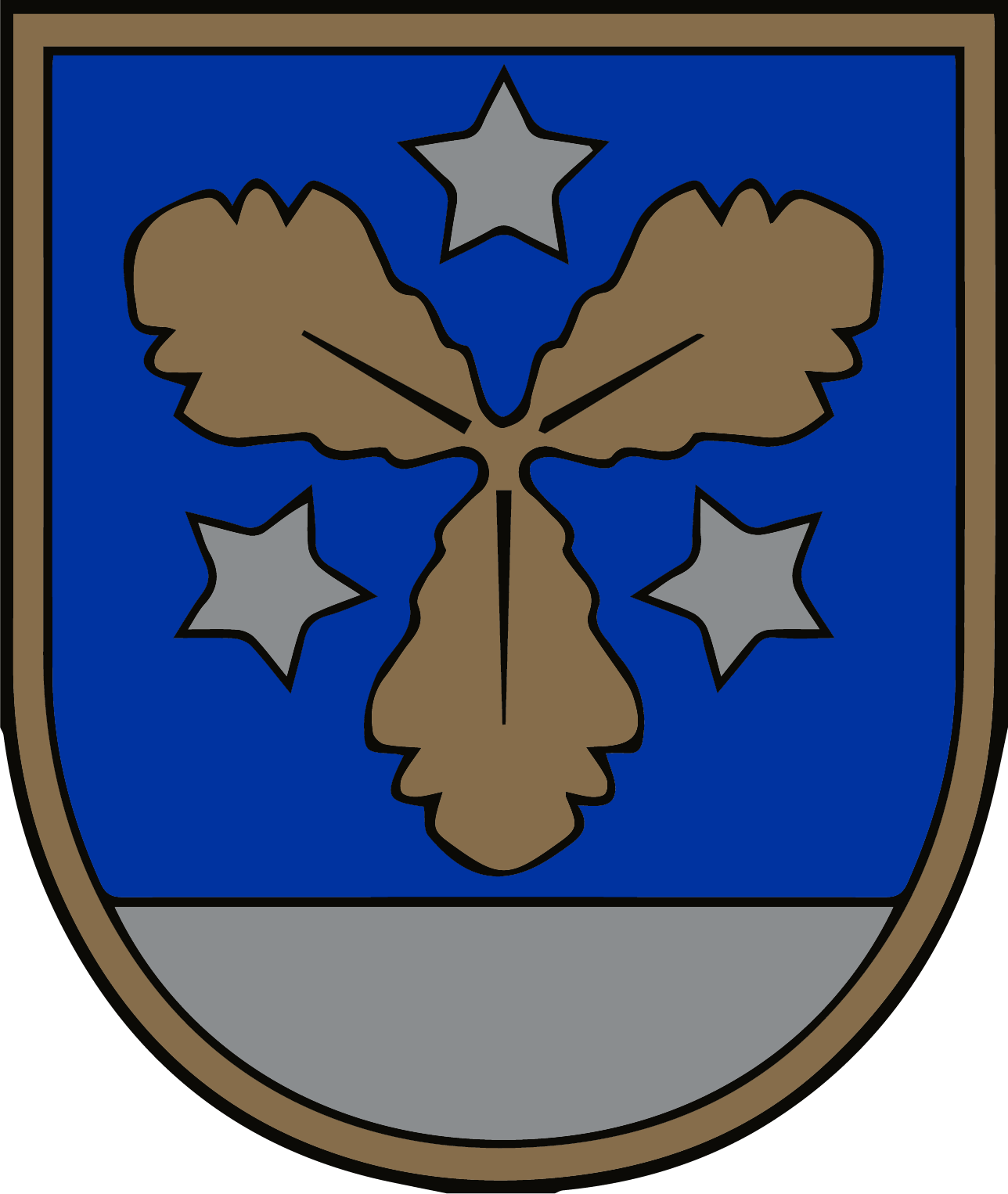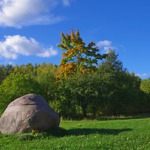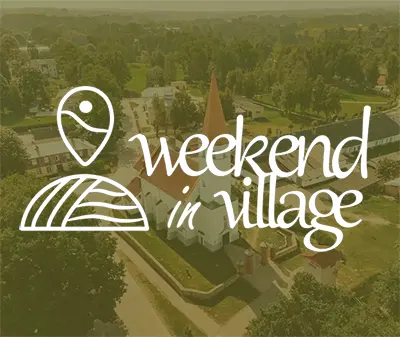
Bebrulejas memorial stone
Bebrulejas iela, Pļaviņas, Aizkraukles novads, Latvija, LV-5120The Bebrulejas memorial stone is a large boulder, erected in the summer of 1993 as part of the Latvian Cultural Foundation's Daugava programme, which aimed to mark the cultural and historical route of the Daugava. The sculptor Vilnis Titans carved the names of thirty houses in the boulder.
In the mid-1960s, when the Pļaviņas HPP was built and the reservoir was constructed, the village and cemetery of Bebrulejas were flooded and lie about 10 m below the current water level of the Daugava. The farmsteads of Bebrulejas - the peculiar houses of fishermen, boatmen, rafters and dolomite breakers - were demolished; the burials of Bebrulejas cemetery were transferred to the Bāru Hill cemetery.
The village existed from the 1820s until 1965. The village of Bebrulejas was located on the right bank of the Daugava River about one and a half kilometres downstream of Pļaviņas between the river and the former Pļaviņas dolomite quarry. The settlement was established after the Northern War when rafters, fishermen and craftsmen settled there, 30 houses in total.
The painter Aleksandrs Štrāls and his brother, the writer Kārlis Štrāls, were born in Bebrulej.
"During the flowering season, Bebruleja is like a big, beautiful garden, and on bright spring nights, when the calm Daugava is like silver in the moonlight, nightingales sing on the tree-covered banks. The poet Jānis Jaunsudrabiņš wrote about this place, "The night of the Beetle is like a beautifully played Chopin nocturne.
- Aizkraukle municipality and Koknese Tourism Information centre
1905. gada iela 7, Koknese
(+371) 29275412, (+371) 65161296 - Aizkraukle Tourism Information point
Lāčplēša iela 4, Aizkraukle
(+371) 25727419 - Jaunjelgava Tourism Information point
Jelgavas iela 33, Jaunjelgava
(+371) 27366222 - Pļavinas Tourism Information point
Daugavas iela 49, Pļaviņas
(+371) 22000981 - Skrīveri Tourism Information Point
Daugavas iela 85, Skrīveri, Skrīveru pagasts
(+371) 25661983 - Staburags Tourism Information point
Staburaga saieta nams, 2. stāvs, Staburags, Staburaga pagasts
(+371) 29892925 - Nereta Tourism Information point
Dzirnavu iela 5, Nereta, Neretas pagasts
(+371) 26674300 - Mazzalve Tourism Information point
Skolas iela 1, Ērberģe, Mazzalves pagasts
(+371) 26156535 - Irši Manor Barn - Magazina
Irši, Iršu pagasts
(+371) 29275412







